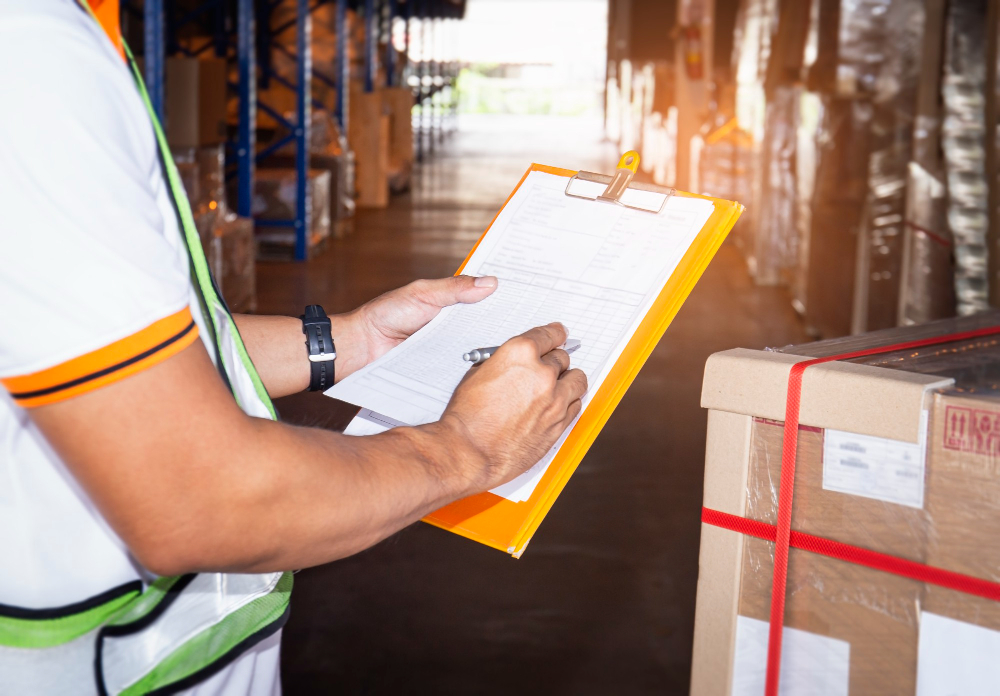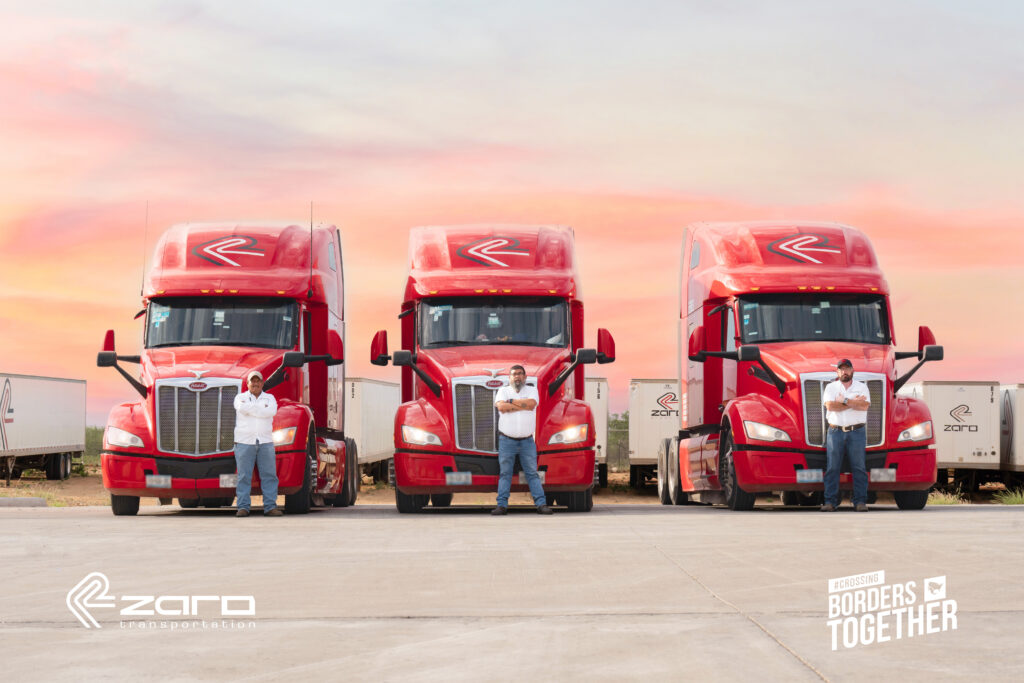Tires are one of the most critical components on a tractor-trailer, directly affecting safety, performance and operational efficiency. In this article, we will learn about the importance of tires, their types, composition, service life, maintenance and how they impact vehicle performance.
Tire Types
There are several types of tires designed for different needs and operating conditions:
- Traction Tires: Provide excellent grip on wet and snowy surfaces, ideal for adverse weather conditions.
- Steer tires: Designed for the front wheels, they provide stability and maneuverability.
- Free Axle Tires: Used on non-drive rear axles, they help support weight and improve fuel efficiency.
- All Terrain Tires: Suitable for unpaved roads and difficult conditions, providing durability and resistance.
What are tires made of?
Tires are composed of various materials:
- Natural and Synthetic Rubber: Provide flexibility and resistance.
- Textile fibers: Provide stability and structural resistance.
- Steel: Used in reinforcement layers to improve durability.
- Silica and Other Additives: Improve traction and reduce rolling resistance.
Tire service life
The service life of a tire can vary depending on several factors, including the type of tire, conditions of use and maintenance. In general, tractor-trailer tires can last between 60,000 and 100,000 kilometers. It is crucial to perform regular inspections and follow the manufacturer's recommendations to maximize tire life.
How to detect a worn or unserviceable tire?
It is essential to identify signs of wear in time to avoid problems on the road:
- Tread depth: A tire is considered worn when the tread depth is less than 1.6 mm.
- Irregular wear: Indicates alignment or balancing problems.
- Cracks and cuts: They can compromise the integrity of the tire.
- Protrusions or deformations: Signal possible internal damage.
Types of Tires for Different Types of Roads and Climates
Choosing the right tire for the specific road and weather conditions is critical:
- Paved roads: Long distance tires with low rolling resistance.
- Hot climates: Tires with heat-resistant compounds.
- Cold and Snowy Climates: Winter tires with good traction on snow and ice.
Extreme Weather Tire Accessories
To cope with extreme conditions, various accessories can be used:
- Tire Chains: Improve traction on snow and ice.
- Protective covers: Protect against excessive heat and damage.
- Automatic Inflation Systems: Maintain proper pressure to avoid irregular wear.
How to change a tractor-trailer tire?
Changing a tractor-trailer tire requires specific steps to ensure safety:
- Make sure you are in a safe place: Use warning signs.
- Loosen the nuts: Before lifting the truck with a hydraulic jack.
- Lifting the truck: With the jack at the appropriate support point.
- Remove Worn Tire: Unscrew the nuts and remove the tire.
- Install New Tire: Place and tighten the star-shaped nuts.
- Lowering the truck: Making sure that the tire is properly seated.
- Tighten the nuts: Again after getting off the truck.
Impact of a well-maintained tire on truck performance
A tire in good condition significantly impacts truck performance:
- Fuel Efficiency: Well-inflated and well-maintained tires reduce rolling resistance, improving fuel economy.
- Safety: Improves grip and maneuverability, reducing the risk of accidents.
- Vehicle durability: Reduces wear of other vehicle components.
Keeping tires in optimal condition is crucial to the efficient and safe operation of a tractor-trailer. At Zaro Transportation, we ensure that our vehicles are equipped with high-quality, well-maintained tires to guarantee the best freight transportation experience.Source: OpenAi (2024)






